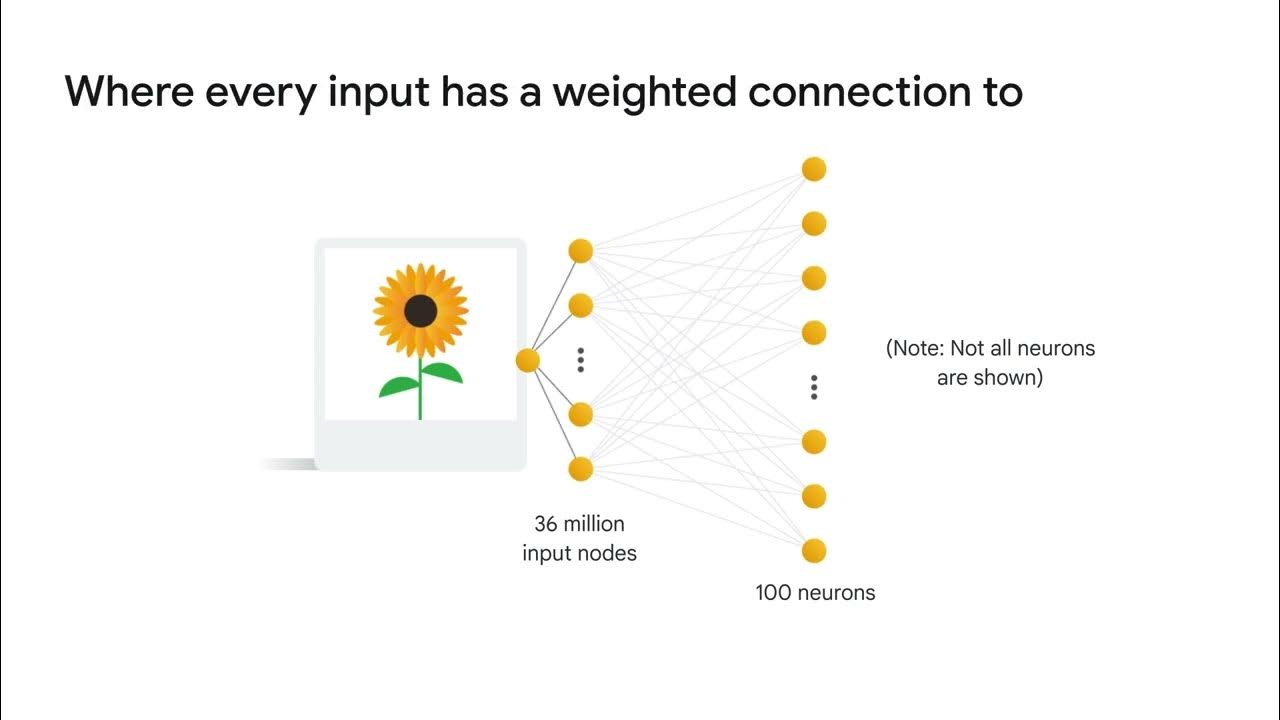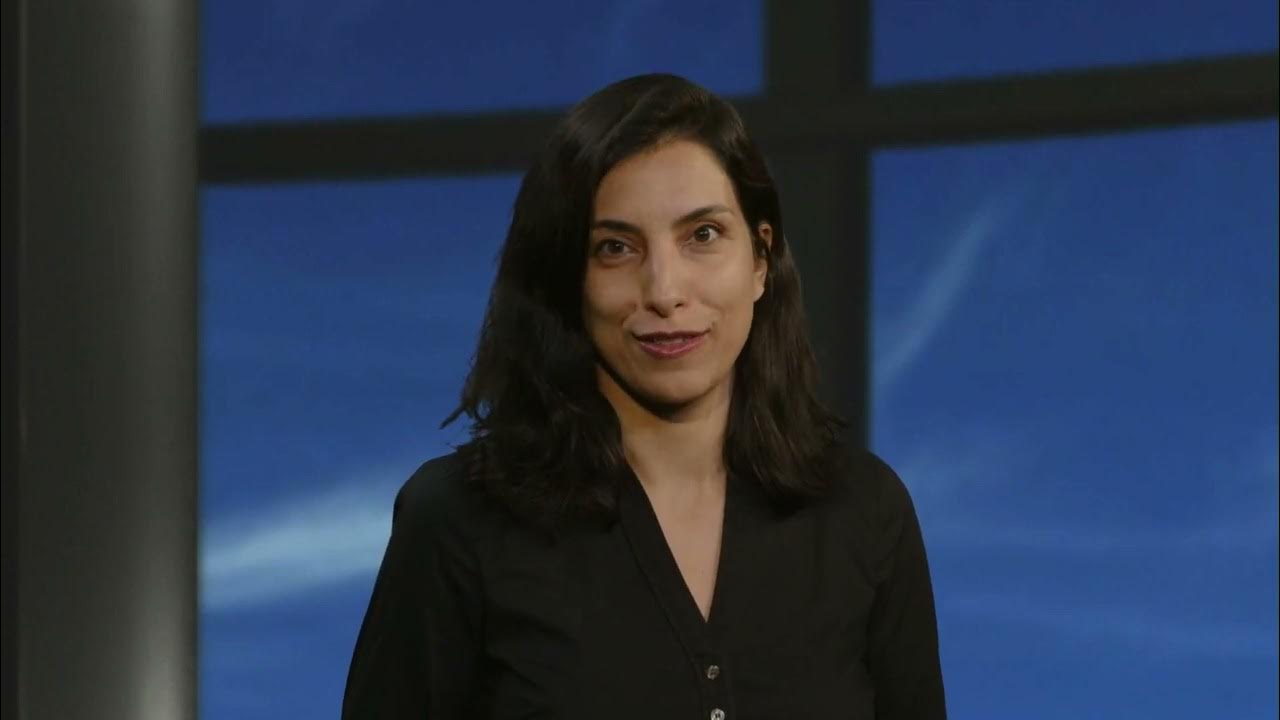What is a convolutional neural network (CNN)?
Summary
TLDRThis video provides an accessible introduction to Convolutional Neural Networks (CNNs), a type of neural network primarily used for image processing but also applicable in natural language tasks. It explains how CNNs differ from regular neural networks by processing data spatially with layers like convolutional, pooling, ReLU, and fully connected layers. These networks are key for detecting patterns in images and performing classifications. The video also contrasts CNNs with Recurrent Neural Networks (RNNs), discusses training methods, and offers practical advice for beginners using Python, TensorFlow, and the MNIST dataset for hands-on learning.
Takeaways
- 😀 Convolutional Neural Networks (CNNs) are a type of neural network commonly used in image processing, but they can also be applied in natural language processing.
- 😀 CNNs are effective in deep learning and AI because they simplify data processing by treating data as spatial, preserving the spatial structure in images or text.
- 😀 Unlike regular neural networks, CNNs have neurons connected only to nearby neurons rather than all neurons in the previous layer, simplifying the network and preserving spatial data.
- 😀 The term 'convolutional' refers to the filtering process in CNNs, where filters are applied to image pixels to identify specific features.
- 😀 CNNs consist of several layers, including the convolutional layer, pooling layer, ReLU (rectified linear unit) layer, and fully connected layer.
- 😀 The ReLU layer ensures non-linearity, helping to maintain the dimensionality of the data as it moves through the network.
- 😀 The convolutional layer applies filters to image data, creating a convolved feature map that highlights specific image features.
- 😀 The pooling layer downsamples feature maps, reducing the number of parameters and speeding up processing. It can use max pooling or average pooling methods.
- 😀 Feature extraction is performed through the convolutional and pooling layers, building a picture of the image data according to mathematical rules.
- 😀 CNNs can be trained using unsupervised learning methods like autoencoders or generative adversarial networks (GANs) to process unlabeled data.
- 😀 Convolutional networks filter spatial data, while recurrent neural networks (RNNs) are suited for sequential data, processing patterns over time rather than space.
Q & A
What is a convolutional neural network (CNN)?
-A convolutional neural network (CNN) is a type of neural network primarily used for image processing, though it can also be applied in natural language processing. It is designed to process spatial data by recognizing patterns and features in images or sequences.
How does a CNN differ from a regular neural network?
-Unlike regular neural networks, where every neuron in a layer is connected to every neuron in the previous layer, CNNs have neurons connected only to local regions, maintaining the spatial structure of the data. This makes CNNs more effective for tasks like image classification.
What does the term 'convolutional' refer to in CNNs?
-The term 'convolutional' refers to the filtering process in which a filter or kernel is applied to an input image, creating a convolved feature map that highlights important features in the data.
What is the role of the convolutional layer in a CNN?
-The convolutional layer in a CNN applies filters to the input image, producing feature maps that capture specific visual patterns, such as edges or textures, which are crucial for understanding the content of the image.
What is the pooling layer and why is it important?
-The pooling layer downsamples feature maps, reducing their size and complexity. This makes the network faster and more efficient by decreasing the number of parameters the network must process.
What is the difference between max pooling and average pooling?
-Max pooling selects the maximum value from a feature map, while average pooling calculates the average value from the region. Both methods reduce the size of the data, but max pooling tends to retain more important features.
What is the function of the ReLU (Rectified Linear Unit) layer in CNNs?
-The ReLU layer acts as an activation function that introduces non-linearity into the network. This is essential because without it, the network would only be able to process linear data, limiting its ability to recognize complex patterns.
What does the fully connected layer do in a CNN?
-The fully connected layer takes the output from the previous layers, flattens it, and uses it to perform classification. This layer makes predictions about the image or data based on the features extracted by earlier layers.
How can a CNN be trained using unsupervised learning?
-CNNs can be trained using unsupervised learning techniques like autoencoders or generative adversarial networks (GANs). Autoencoders compress data into a lower-dimensional space and then reconstruct it, while GANs use two networks to generate and differentiate real and fake data.
What is the main difference between CNNs and recurrent neural networks (RNNs)?
-The main difference is that CNNs are feedforward networks designed for spatial data, while RNNs process sequential data by feeding information back into the network. CNNs are ideal for recognizing patterns in images, while RNNs excel at handling time-dependent data like text or speech.
Outlines

Этот раздел доступен только подписчикам платных тарифов. Пожалуйста, перейдите на платный тариф для доступа.
Перейти на платный тарифMindmap

Этот раздел доступен только подписчикам платных тарифов. Пожалуйста, перейдите на платный тариф для доступа.
Перейти на платный тарифKeywords

Этот раздел доступен только подписчикам платных тарифов. Пожалуйста, перейдите на платный тариф для доступа.
Перейти на платный тарифHighlights

Этот раздел доступен только подписчикам платных тарифов. Пожалуйста, перейдите на платный тариф для доступа.
Перейти на платный тарифTranscripts

Этот раздел доступен только подписчикам платных тарифов. Пожалуйста, перейдите на платный тариф для доступа.
Перейти на платный тарифПосмотреть больше похожих видео

Convolutional Neural Networks

ANN vs CNN vs RNN | Difference Between ANN CNN and RNN | Types of Neural Networks Explained

TUGAS PEMROSESAN CITRA DIGITAL (RESUME TENTANG KONVOLUSI)

ml5.js: Train a Neural Network with Pixels as Input

Introduction to Computer Vision: Image and Convolution

Convolutional Neural Networks Explained (CNN Visualized)
5.0 / 5 (0 votes)
